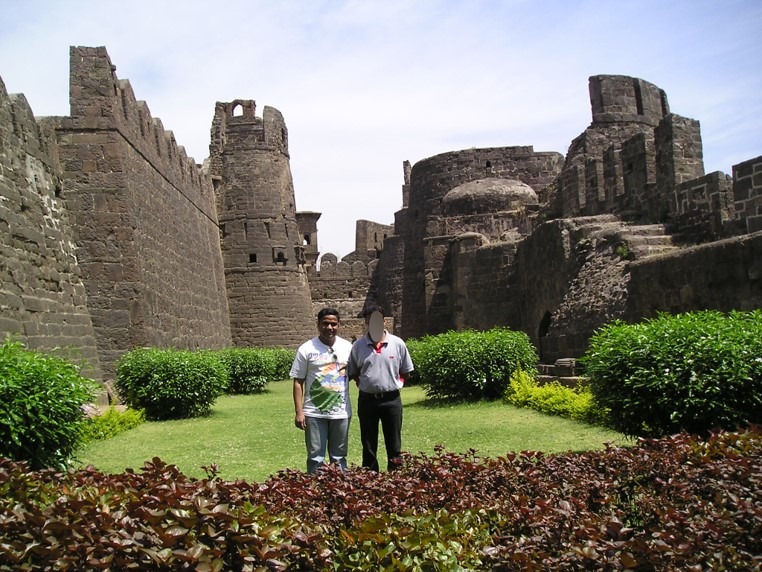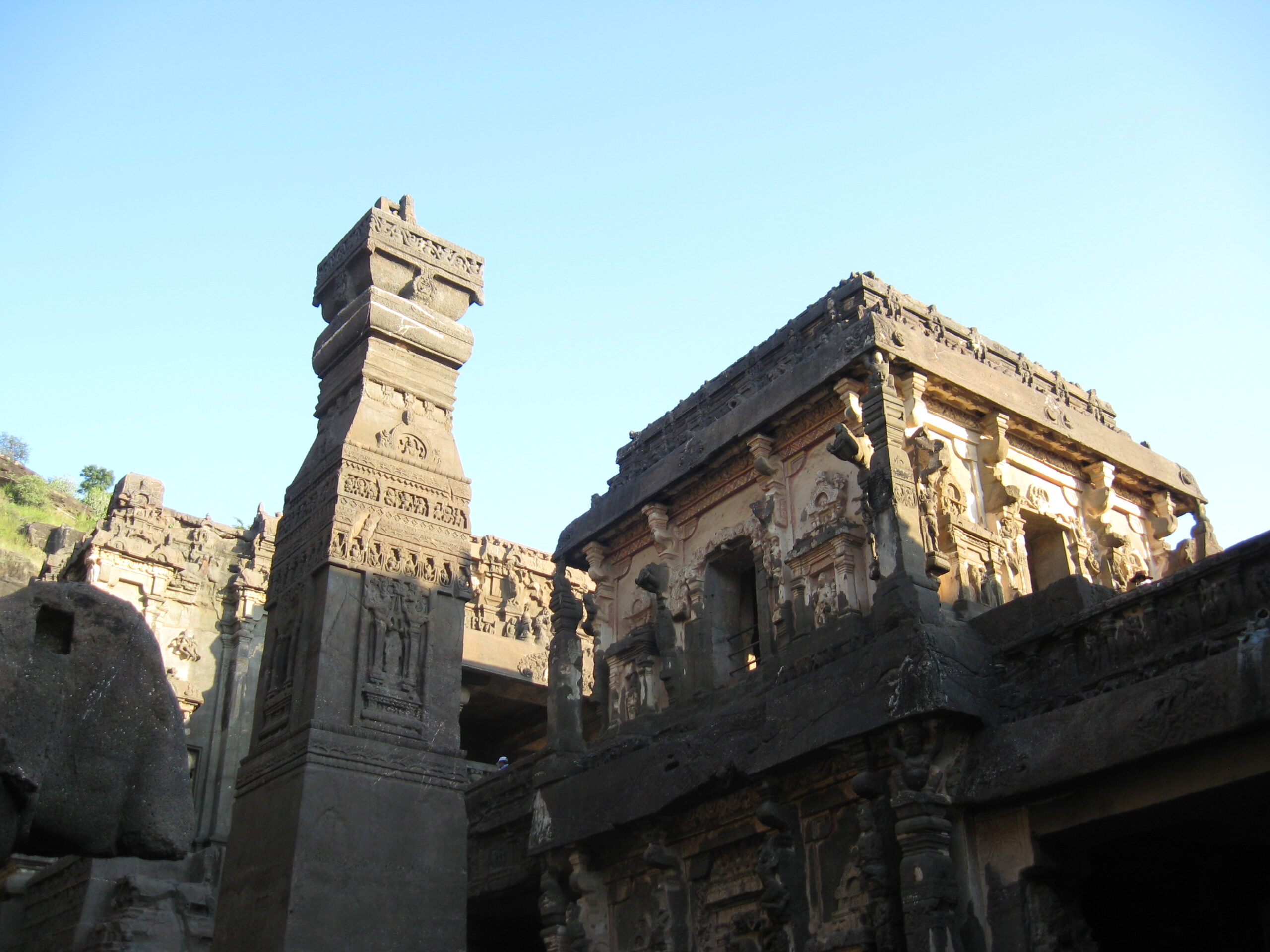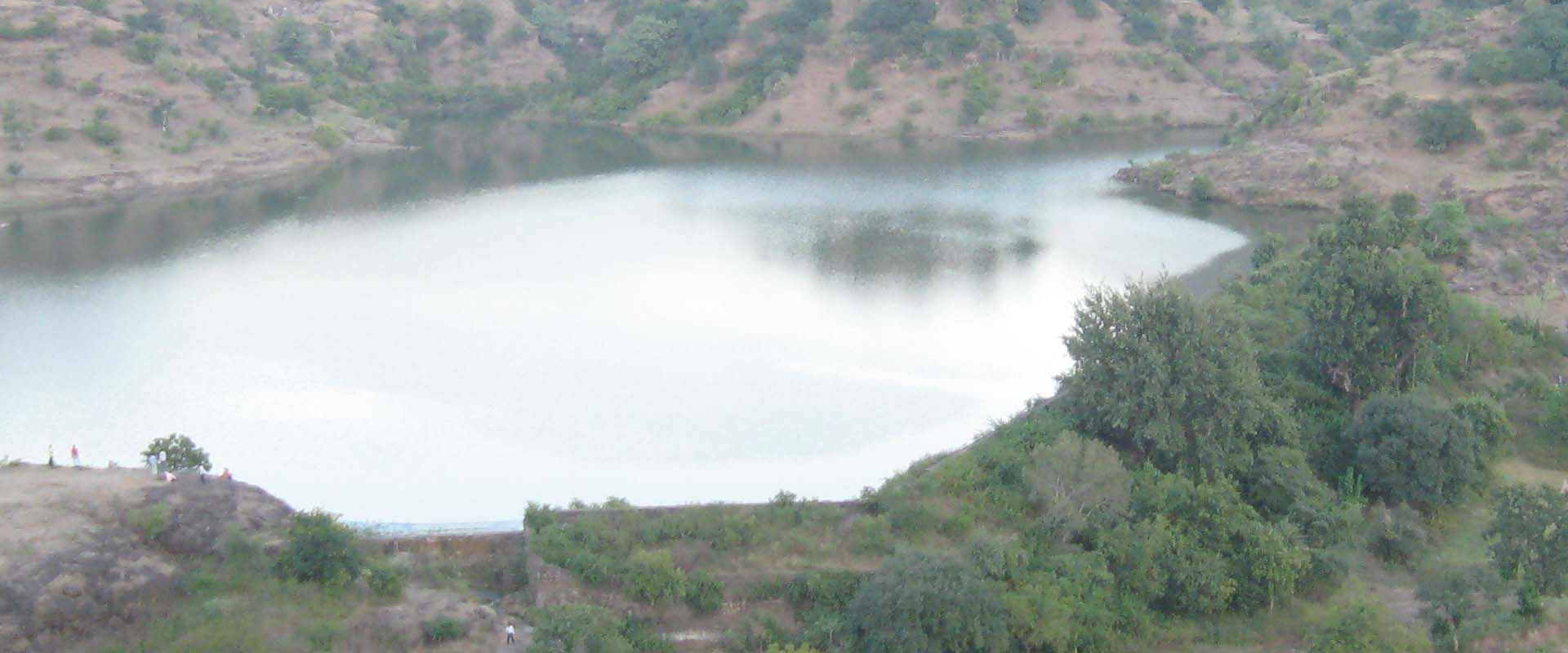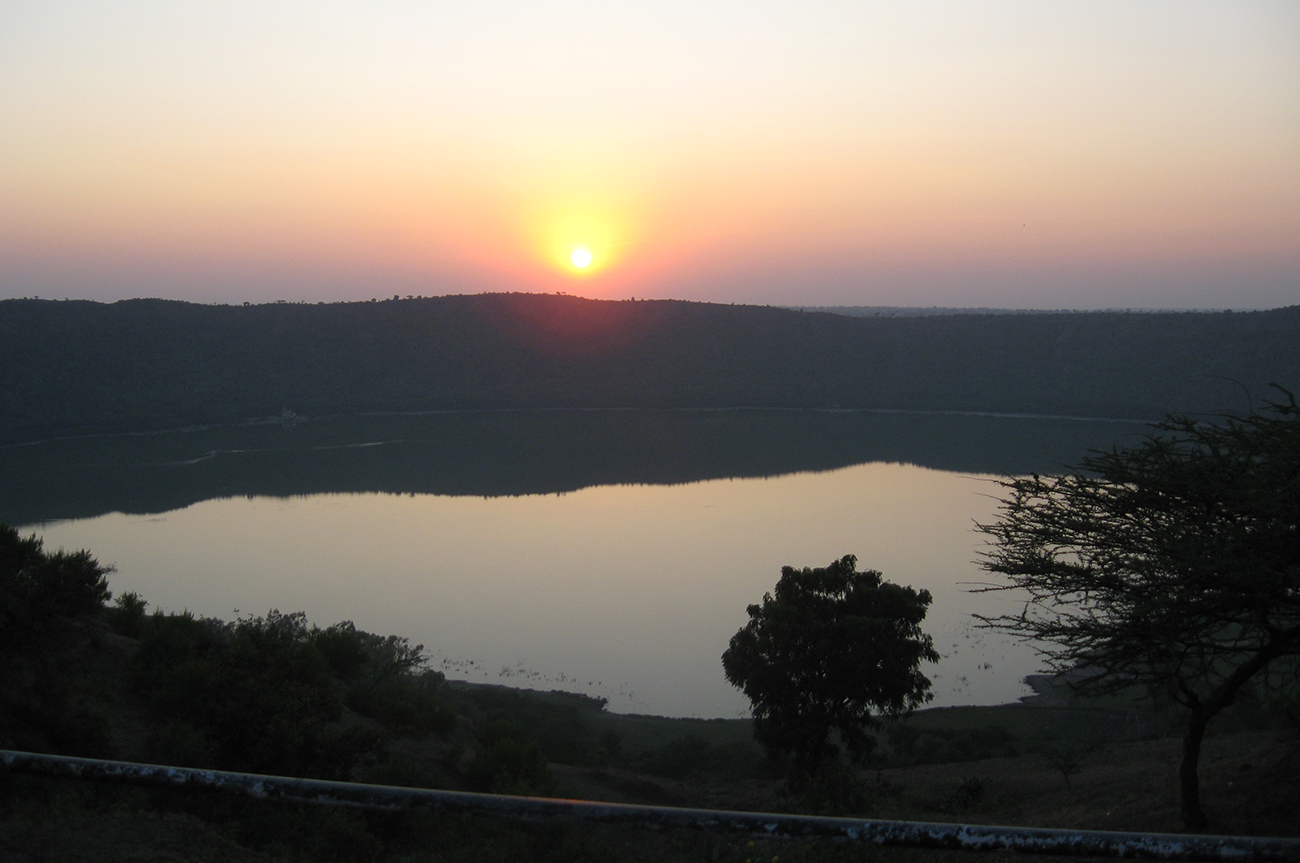Cratered Mysteries & Cave Echoes:
Cratered Mysteries & Cave Echoes: A Journey Through Deccan’s Hidden Past: Lonar, Ajanta, Ellora & Devgiri
It was July 2009 when I set out on a monsoon-washed road trip through the heart of Maharashtra. With friends, family, and a seasoned guide in Capt. Surendra J. Surve—retired Indian Army officer and former MTDC Regional Manager—this wasn’t just a getaway. It felt more like a passage through time, where landscapes whispered of ancient collisions, forgotten dynasties, and timeless devotion.
We began at Lonar, a place not often found on the average travel brochure. A meteor had struck here tens of thousands of years ago, leaving behind a perfectly circular crater lake surrounded by forest, folklore, and silence. That evening, we pitched a tent right at the crater’s edge—just us, the trees, and the wind. The stars above blinked through scattered monsoon clouds, and I remember thinking how the Earth itself had carved this moment for us.


This was the kind of journey GaiaTrips always encourages—where nature, science, and soul converge. From Lonar, we drove north toward the Ajanta caves. Nestled into a horseshoe-shaped cliffside, these rock-cut sanctuaries hold the breath of the Buddhist world in pigment and stone. Inside, torchlight revealed delicate frescoes—stories of the Buddha, celestial beings, and life in 2nd century BCE India. I stood before the image of Padmapani, suspended in time, and felt the hush of centuries envelope me.
There’s something transformative about moving through places shaped not by war or wealth, but by devotion and quiet creation. These moments aren’t just checkmarks on an itinerary; they are the kinds of experiences GaiaTrips seeks to uncover—depth over dazzle, meaning over motion.

At Ellora, the scale shifts dramatically. Cave 16—the Kailasa Temple—is an architectural impossibility. Carved vertically into the mountainside from a single monolith, it doesn’t feel built so much as revealed. Walking beneath its towering pillars and guardian deities, I couldn’t help but marvel at the ambition it must have taken to imagine such permanence from raw stone.
The final leg brought us to Devgiri Fort, once Daulatabad—an impregnable bastion of the medieval Deccan. Its serpentine entrance, sudden drop traps, and echoing staircases speak of a time when even architecture was a kind of warfare. Climbing to the top in light rain, the view of the countryside spread below was a fitting finale.
What stayed with me, long after the roads dried and the skies cleared, wasn’t just the grandeur of what I saw—but the quiet revelations between the landmarks. Shared meals, temple bells in the distance, villagers offering directions in soft Marathi, and the earthy scent of wet laterite rock.
This wasn’t just travel. It was a rediscovery of culture, history, and the self. And in that sense, it was everything GaiaTrips stands for: a reminder that the journey inward is often the most powerful part of any outward adventure.






